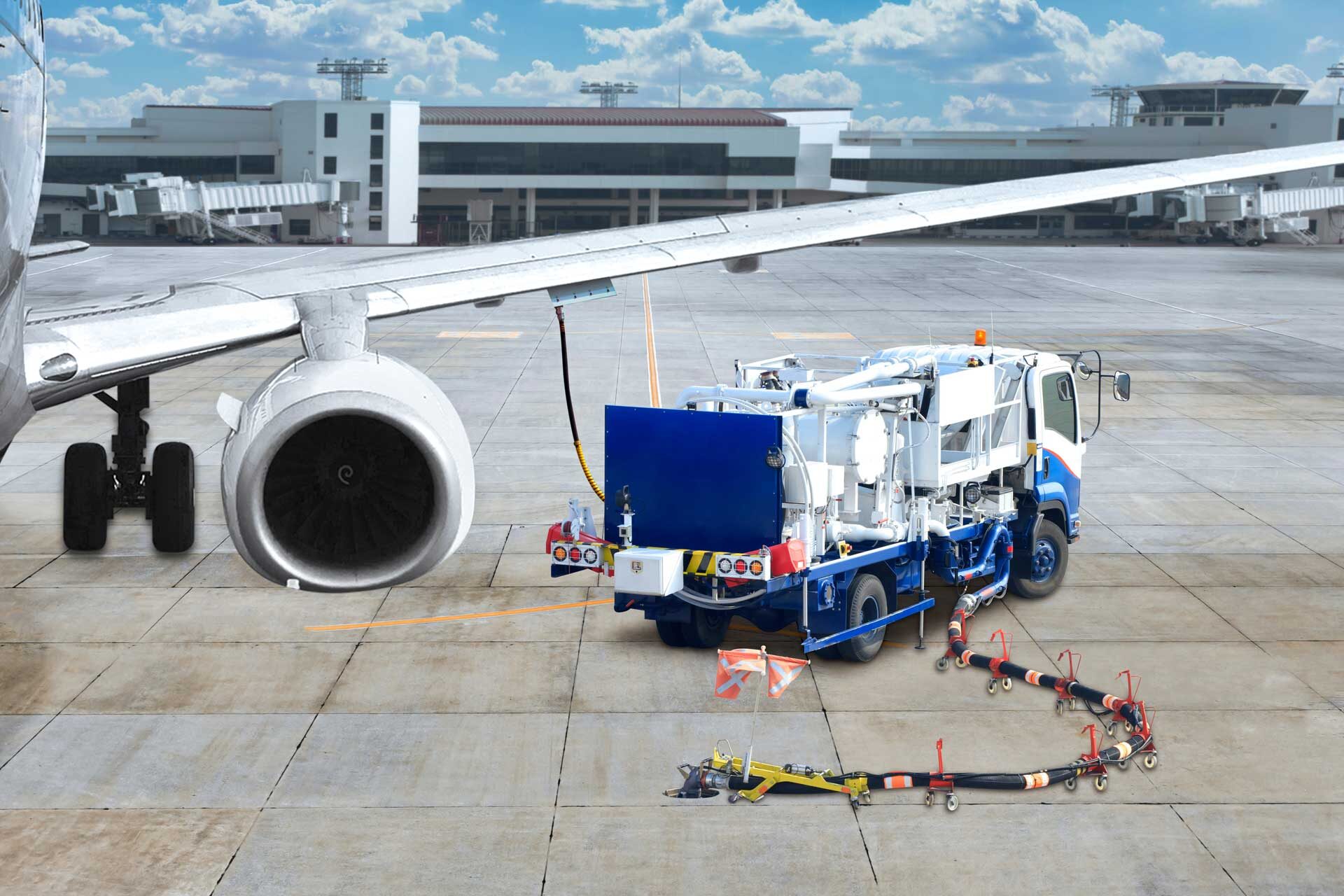Supporting Project Dragon with a range of expert water management services
LanzaTech's c. £350 million 'Project Dragon' is planning to build pioneering carbon recycling facilities in and around South Wales to convert industrial emissions into sustainable aviation fuel. We were appointed to provide a range of water management support services for their proposed facility in Port Talbot.
- Client LanzaTech UK Ltd
- Location Crown Wharf, Port Talbot
- Partners Environmental Design Partnership, RPS Consulting UK & Ireland, Turley
- Services
The aviation industry is one of the toughest sectors in which to reduce emissions. To tackle this, the Government will require the use of sustainable aviation fuel from 2025. The fossil fuels we use today can be replaced by recycling waste carbon to make sustainable aviation fuel - without the need to make changes to existing aeroplane engines.
The first stage of LanzaTech's 'Project Dragon' is to create an alcohol-to-jet facility in Port Talbot. This would transform sustainably sourced ethanol into sustainable aviation fuel, helping to deliver lower-emission flying.
The proposed plant would generate over 150 full-time jobs, with Port Talbot playing a leading role in creating new carbon reduction industries critical to delivering the UK’s net zero economy and tackling our climate emergency.
We were appointed to provide flood risk support services for the proposed Port Talbot facility including:
- Hydraulic modelling and the preparation of a site-specific Flood Consequence Assessment (FCA).
- Outline surface water drainage strategy in line with the requirements of Schedule 3 of the Flood and Water Management Act 2010, including engagement with the SuDS Approval Body (SAB).
- Preparation of the Flood Risk and Drainage Chapter of the Environmental Statement.
- Water Framework Directive (WFD) Assessment.
This large, complex project drew upon a wide range of technical expertise from several disciplines across our business. This collaborative approach to surface water management enabled each discipline to provide high-quality technical information and designs. This way of working contributed to the overall objective of the development obtaining planning permission and in-principal SAB approval for this project, granted by Neath Port Talbot Council in March 2024.
Tackling a challenging site location
Some of the key challenges for this project were the location and nature of the facility. The site was partially located within two designated Flood Zones. This would have limited the project's ability to satisfy planning requirements against the requirements of TAN-15. However, our ability to update existing modelling enabled us to demonstrate that ground raising to the site would result in the development being flood-free in all design events, with no impact to third parties as a result of the works.
The site is also highly industrial with the production of sustainable aviation fuel. Consequently, due to the chemicals stored on the site and the processes used, the management of surface water needed to reflect the industrial setting, in addition to meeting the requirements of the Statutory Standards for SuDS (Sustainable Drainage Solutions) in Wales. Collaboration led to a well-thought-out practical design that achieved in-principal SAB approval through pre-application consultation, whilst providing the best outcomes for the client and site context.

Collaborative working and sustainable outcomes
Our project team of Hydraulic Modellers, Drainage Engineers, Flood Risk Analysts and Environmental Specialists worked closely with project partners and LanzaTech to establish practical and beneficial locations for SuDS across the site, ensuring we satisfied client expectations whilst meeting a range of environmental regulations and requirements.
This collaboration significantly contributed to sustainable development, mitigating the impact of flood risk to the proposed site whilst managing surface water for re-use within site process systems, promoting amenity, biodiversity and water quality benefits through our use of above-ground SuDS across the site.





